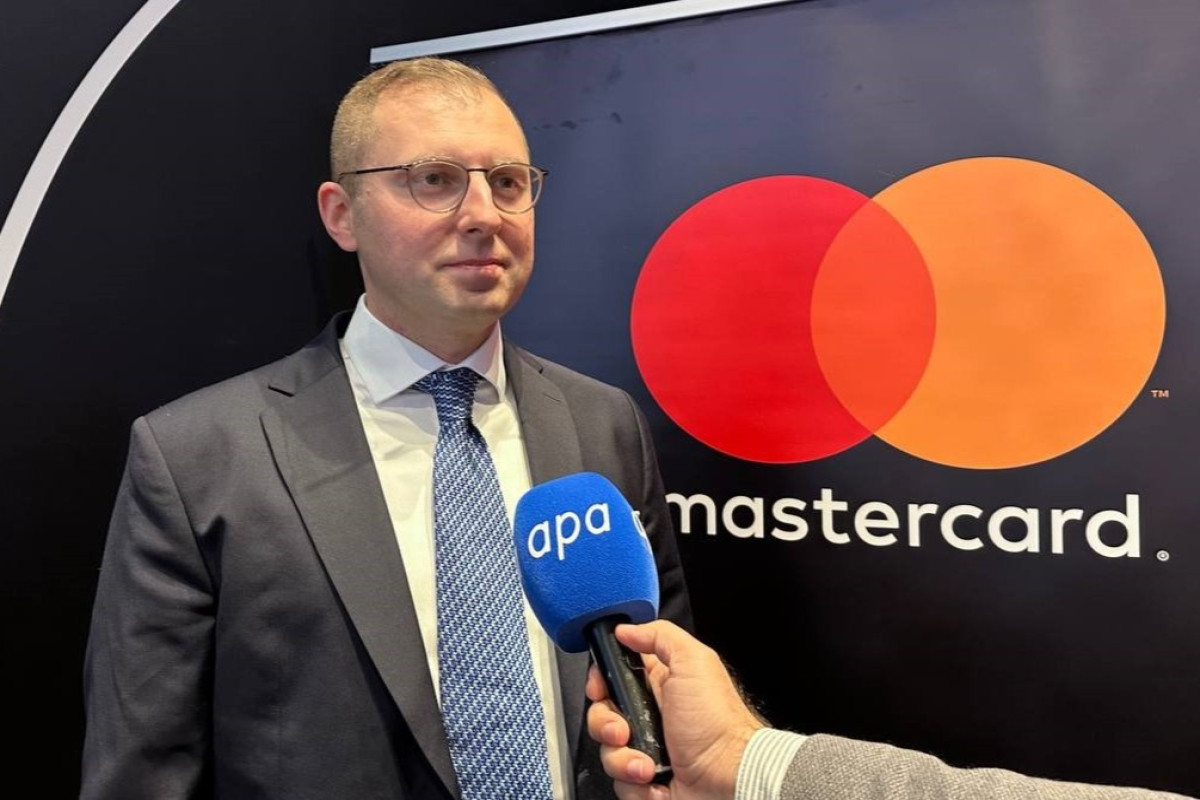New York Federal Reserve Bank President John Williams said Thursday that concerns about escalating trade tariffs and slowing global growth are boosting uncertainty and holding back business investment, but he is keeping an open mind on interest rates, APA reports citing Reuters.
And while the inverted yield curve in the U.S. Treasuries market is “informative” about what markets believe the Fed should do, he said, he does not perceive it as an “oracle” on the chances of an economic recession and that it does not force the Fed to cut rates.
The Fed may leave interest rates where they are, and may need to “adjust” them, Williams said at an event organized by the Council on Foreign Relations in New York.
“My baseline (economic view) is a very good one. At the same time, we obviously as always need to be prepared to adjust our views on what’s happening with the economy and where the economy is likely going to go, and as a consequence, think about what is the right policy to keep this economy on a good, strong growth path with inflation at about 2%,” he said.
Williams’ comments were the latest among Fed policy-makers who see the risk of persistent low inflation and the trade conflict between the United States and its trading partners.
Interest rates futures on Thursday implied traders expect the Fed may lower key lending rates by 75 basis points by year-end from its current target range of 2.25%-2.50%, based on CME Group’s FedWatch program.
Williams added that he and his staff will look at the issue intensively starting next week, ahead of its June 18-19 rate-setting meeting in Washington.
Williams said his base case for U.S. GDP growth this year is for an above-trend 2.25% to 2.5%, but tailwinds from last year’s tax cuts and government spending increase are fading and headwinds from trade tensions are rising.
Escalating trade risks have rattled stock markets and pushed 10-year Treasury yields below interest rates on three-month bills.
The “inversion” between these two rates, when it persists, has preceded each U.S. recession in the past 50 years.
While the yield curve is a useful gauge on market sentiment, Williams said, a curve inversion does not automatically mean a recession is imminent.
“It’s clearly a pretty strong signal in the market that there is perception that rates are going to be lower in the future,” he said. “But I don’t take the inverted yield curve...like an oracle.”






